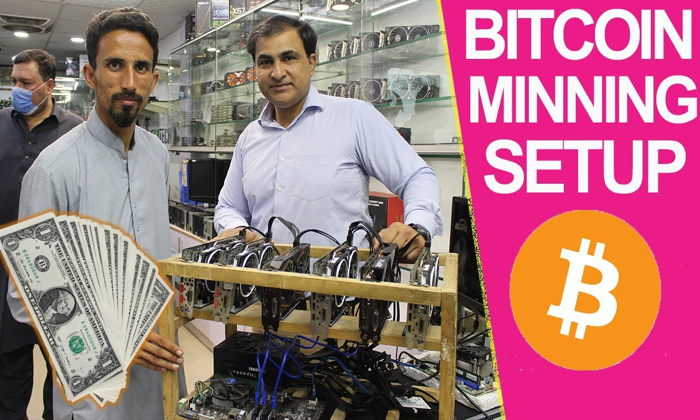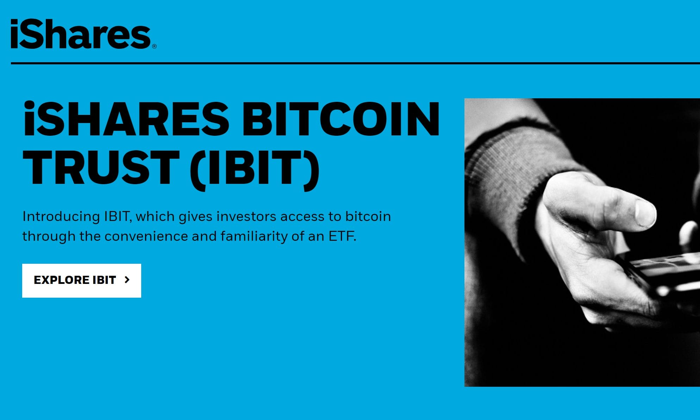The concept of a “token safe harbor” has emerged as a pivotal suggestion in the ongoing discussion regarding SEC token regulations, particularly within the decentralized finance (DeFi) sphere. On April 18, the DeFi Education Fund proposed a set of core principles aimed at establishing a framework that would give token projects time-limited exemptions while they strive for decentralization. This initiative seeks to create clarity around crypto compliance measures, ensuring that both investors and developers operate within a defined regulatory environment. Among the crucial aspects discussed are the need for a clear “Exit Test for tokens” to determine when a project is no longer a security and the importance of adopting a technology-agnostic regulatory stance to foster innovation. With the potential of DeFi initiatives hanging in the balance, the establishment of a token safe harbor could bridge the gap between innovation and regulation, ensuring a sustainable future for digital assets.
A “regulatory exemption for tokens” is garnering significant attention, particularly in light of discussions surrounding the Securities and Exchange Commission (SEC) and its stance on digital assets. This so-called safe harbor is designed to provide legal assurances for token projects as they navigate the complexities of compliance with evolving laws. By developing a flexible framework that accommodates the unique characteristics of decentralized finance, stakeholders hope to establish clear guidelines that protect investors while promoting healthy growth in the industry. Innovative strategies like the proposed “Exit Test” aim to delineate the threshold at which tokens can transition from being treated as securities, highlighting a proactive approach to regulatory clarity. Ultimately, fostering a supportive legal environment will be vital in nurturing innovation within the cryptocurrency landscape.
Understanding SEC Token Regulations
The landscape of SEC token regulations is evolving rapidly, primarily through discussions surrounding the classification of tokens as securities. Legal experts advocate for a more adaptable approach, suggesting that clear criteria are needed to distinguish between traditional securities and digital assets. The SEC’s current position may create uncertainty among developers and investors, potentially stifling innovation in the cryptocurrency space. With the rise of decentralized finance (DeFi), it’s paramount that regulations provide a foundation that encourages growth while safeguarding investors.
To address this, the SEC must consider the implications of various token structures and utilize a framework that accounts for the unique characteristics of digital assets. This approach ensures that emerging technologies are supported, not hindered. Clear communication between the SEC and the crypto community can facilitate compliance and foster an environment of trust, ultimately leading to enhanced participation in the decentralized finance ecosystem.
Frequently Asked Questions
What is the purpose of a token safe harbor in relation to SEC token regulations?
The token safe harbor aims to provide regulatory clarity for decentralized finance (DeFi) projects, allowing them to operate without being categorized as securities prematurely. This framework seeks to support innovation while ensuring compliance with SEC token regulations by defining specific criteria that guide the decentralization process.
How does the proposed token safe harbor address decentralized finance framework concerns?
The proposed token safe harbor emphasizes a technology-agnostic regulation approach that focuses on risks associated with activities in the decentralized finance framework. By doing so, it allows a diverse range of projects aiming for decentralization to benefit from a supportive regulatory environment.
What are the key compliance measures recommended for the token safe harbor?
The DeFi Education Fund suggests several crypto compliance measures for the token safe harbor, including transparent source code practices, robust governance structures, and periodic disclosures. These measures ensure that projects can operate transparently and maintain alignment with the decentralized finance framework.
What is the Exit Test, and how does it relate to token safe harbor regulations?
The Exit Test is a vital component of the token safe harbor that defines when a project has sufficiently decentralized and is no longer considered a security under U.S. law. This test outlines specific benchmarks, such as maximum user custody and the absence of centralized control, that projects must meet to exit the regulatory framework.
Why is a comprehensive legislative framework important for token safe harbor initiatives?
A comprehensive legislative framework is essential for token safe harbor initiatives as it provides durable legal clarity for digital assets. Without it, temporary regulations could create ambiguity and hinder long-term investment in decentralized finance projects. A clear framework helps protect both investors and developers during the transitional phase.
How does the token safe harbor proposal protect secondary market participants?
The token safe harbor proposal includes provisions that protect secondary market participants by ensuring that intermediaries facilitating token trading, like digital asset exchanges, are not required to register as broker-dealers while a token is within the safe harbor. This promotes a healthier trading environment for decentralized finance tools.
What types of projects are eligible for the proposed token safe harbor?
The proposed token safe harbor is designed to be inclusive, allowing a broad spectrum of projects aiming for decentralization to qualify. It suggests that previously distributed tokens can also be included, provided they demonstrate good faith efforts toward decentralization in compliance with the outlined criteria.
How can the SEC ensure the effectiveness of the token safe harbor framework?
The SEC can ensure the effectiveness of the token safe harbor framework by incorporating clear eligibility criteria, well-defined disclosure requirements, and a robust Exit Test. By fostering ongoing dialogue with the crypto community and adapting the framework based on feedback, the SEC can promote balanced growth within the decentralized finance sector.
| Key Points | Details |
|---|---|
| Flexible SEC Approach | Legal experts recommend the SEC adopt a flexible approach to defining tokens as securities. |
| DeFi Education Fund Recommendations | The DEF suggested five core principles for a token safe harbor framework to support decentralized finance. |
| Technology-Agnostic Regulation | Regulation should focus on the risks associated with activities, not specific technologies. |
| Broad Eligibility Criteria | The safe harbor should be available to projects that aim for decentralization, even if tokens were distributed before regulations. |
| Disclosure Requirements | Disclosure obligations should balance material information and the realities of early-stage development. |
| Clear Exit Criteria | Define criteria for projects to achieve sufficient decentralization, such as transparency and user custody. |
| Protections for Market Participants | Intermediaries trading tokens within the safe harbor should not need to register as broker-dealers. |
| Need for Comprehensive Framework | A comprehensive legislative framework for digital assets is essential for long-term clarity beyond temporary safe harbors. |
Summary
The concept of a token safe harbor is crucial for companies navigating the regulatory landscape of decentralized finance. By advocating for a flexible regulatory approach and clear guidelines for decentralization, the SEC can provide the necessary legal framework that supports innovation while protecting investors. Establishing a comprehensive token safe harbor will allow projects to thrive in a transparent environment, reducing uncertainty in the crypto market.
The concept of a “token safe harbor” seeks to provide innovative pathways for token projects within the world of decentralized finance (DeFi) by establishing a regulatory framework that encourages compliance and transparency. Proposed by the DeFi Education Fund (DEF), this initiative aims to support burgeoning crypto projects as they navigate the complexities of SEC token regulations, especially in an era where clarity is paramount for stakeholders. By defining eligibility criteria and implementing an Exit Test for tokens, the safe harbor would provide crucial exemptions to promote development before a comprehensive regulatory framework is established. Additionally, integrating crypto compliance measures within the safe harbor guidelines can inspire confidence in investors, paving the way for a vibrant digital asset ecosystem. As discussions progress, the SEC’s role will be pivotal in shaping how these proposals unfold and impact the future landscape of digital currencies.
A “regulatory refuge for tokens” is emerging as a vital conversation point in the realm of decentralized finance. This alternative term encompasses the need for a clear set of guidelines that can foster the growth of crypto projects while ensuring they adhere to necessary compliance measures. As various stakeholders advocate for a framework that includes the successful completion of an Exit Test for tokens, the push for a flexible approach to regulation is more pronounced than ever. With suggestions from the DeFi Education Fund pointing towards the necessity for well-structured protocols, the industry is looking for assurances that align innovation with legal clarity amid ongoing discussions about SEC token regulations. Ultimately, this discourse around a regulatory haven highlights the urgent need for a balanced solution that will allow for growth without stifling the creative potential of emerging technologies.















